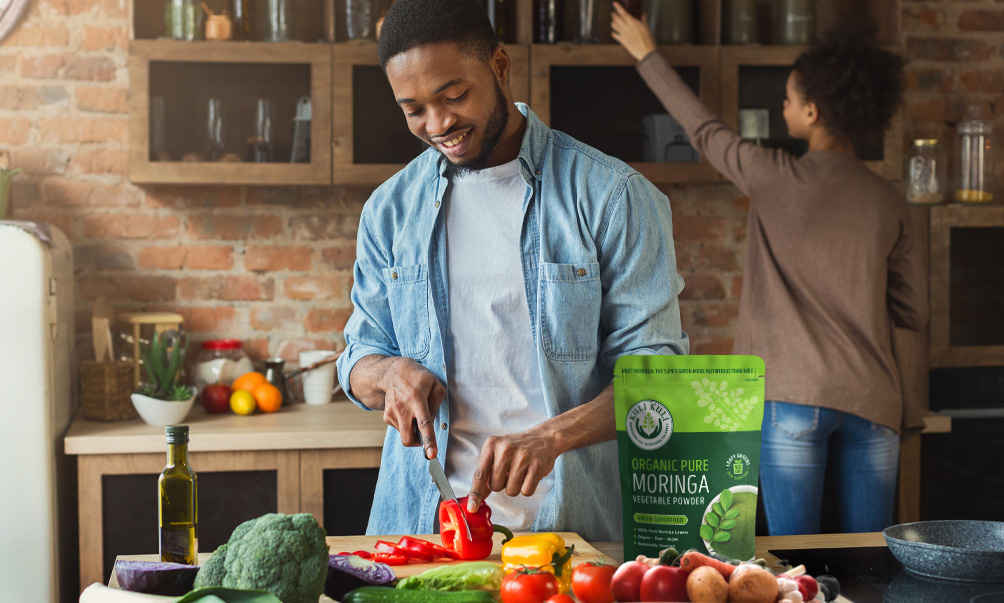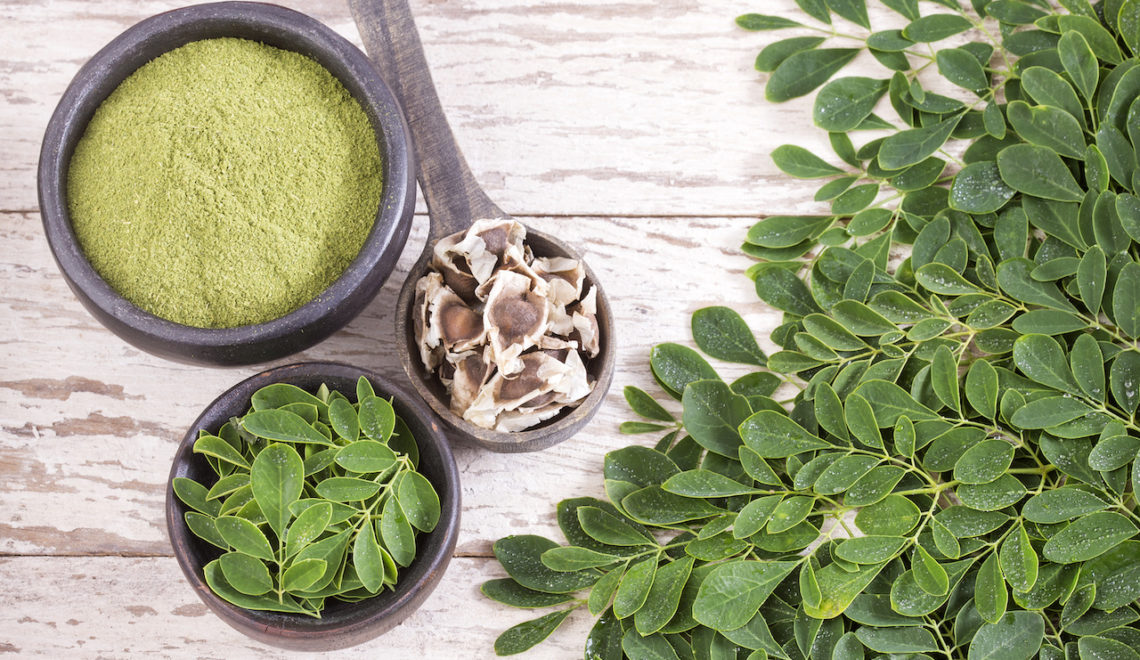
After agreeing to come on as a Fall Blogging Intern for Kuli Kuli, my first order of business was to go through our archives and familiarize myself with the topics that this team of nutrition and sustainability enthusiasts has deemed worthy of sharing with you, our readers. Upon doing so, there was one article from this past spring that particularly stuck with me as important in promoting and living a healthy, natural lifestyle and avoiding the minefield of nutritional pitfalls that exist in the modern American food market.
I am referring to the article which our founder Lisa Curtis shared from Austin Kiessig at Edible Startups, entitled: “If You Can’t Beat ‘Em…Steal Their Playbook”. If you haven’t read it already I highly recommend checking it out as it informatively delves into some of the psychological marketing ploys that have been implemented by food and drink companies to convince rational thinkers to consume irrational products.
Know What’s Good For You
Although many health conscious citizens are already well aware of what is good for them and what is not, I thought one of the biggest takeaways from this piece was the fact that just because a product claims to be good for you, doesn’t mean it actually is. This may seem fairly obvious, but with so many different sources of information telling us what to put in our bodies, it can often be difficult to know who to listen to. In fact, there are many food and drink products out there today that seem healthy, and are generally accepted by the public as being a healthy choice, yet when you really look at their ingredients and nutritional content, there is an ugly reality to be found.
The Darker Side of Pre-Made Smoothies
One of the biggest culprits of this crime is the multitude of bottled smoothies that have become increasingly popular as people try to improve their diets by taking in more servings of fruit and vegetables. There has been such a movement from traditional soft drinks to smoothies that in recent years Coke and Pepsi have been buying smoothie companies all over the world to keep up with shifting trends. Now here I have to admit that last year as a health conscious yet time-strapped grad-student, I gave in to the alluring prospect of a quick, easy, and delicious way to pack more fruit into my diet. However, it wasn’t long before some of my friends who were doing the same started to question whether these sweet tasting drinks were really that great for us after all.
As it turns out, these smoothies are really just another sugar dense soft drink being sold under the façade of a healthy alternative to soda and energy drinks. Most of them like to boast that they are high in Vitamin C, or contain no high fructose corn syrup or artificial flavors. But the informed consumer should know to look beyond these eye-catching tags.
Yes these smoothies contain ‘real fruit’, and yes they can provide you with a day’s worth of Vitamin C, however they are more often than not primarily made up of fruit purees and fruit juices from concentrate. This means that by drinking these smoothies, you are left with zero grams of fiber, and a whole lot of sugar and calories. In many cases, fruit smoothies can actually contain more sugar and calories than a similar sized soft drink – not something you want to ingest no matter how many vitamins you’re supposedly getting.
Get Creative and Make Your Own
So what can one do to avoid all of these unwanted calories and sugars? Surely there must be a way to drink fruits and vegetables without turning them into yet another over sweetened nutritional nightmare. Well, the simplest solution is to make your own smoothies! This way you know exactly what is going into your drink and can use only the purest ingredients.
It also gives you the opportunity to be creative and experiment with different flavors and nutritional compositions. For example if you are looking for some protein after a workout, try making a smoothie with some soy or almond milk, a banana, a few teaspoons of flax or chia seeds, some leafy greens like kale or spinach, and your favorite protein powder. If you are looking for a tasty pick-me-up in the morning try mixing a combination of fruits and vegetables with honey and some nuts. I like to try new things like Kuli Kuli’s moringa powder and then adjust the consistency of the mixture with water and ice depending on what I’ve added.
As you get more comfortable with the taste of blended vegetables, try to slowly amp up the proportion of vegetables in your smoothies to make things even healthier. Also consider leaving the peels on fruits like apples and pears so you don’t lose out on fibery goodness. And of course, don’t forget to check our Kuli Kuli moringa powder smoothie recipes for some inspiration on how to include more moringa in your diet!
Sources:
[1] http://ediblestartups.com/2014/05/27/if-you-cant-beat-emsteal-their-playbook/
[2] http://www.theguardian.com/society/2013/sep/07/smoothies-fruit-juices-new-health-risk
[3] https://www.youtube.com/watch?v=-1BcUnTYj-0
[4] http://blog.kulikulifoods.com/2014/06/12/cooking-with-kuli-episode-2-moringa-smoothies/









